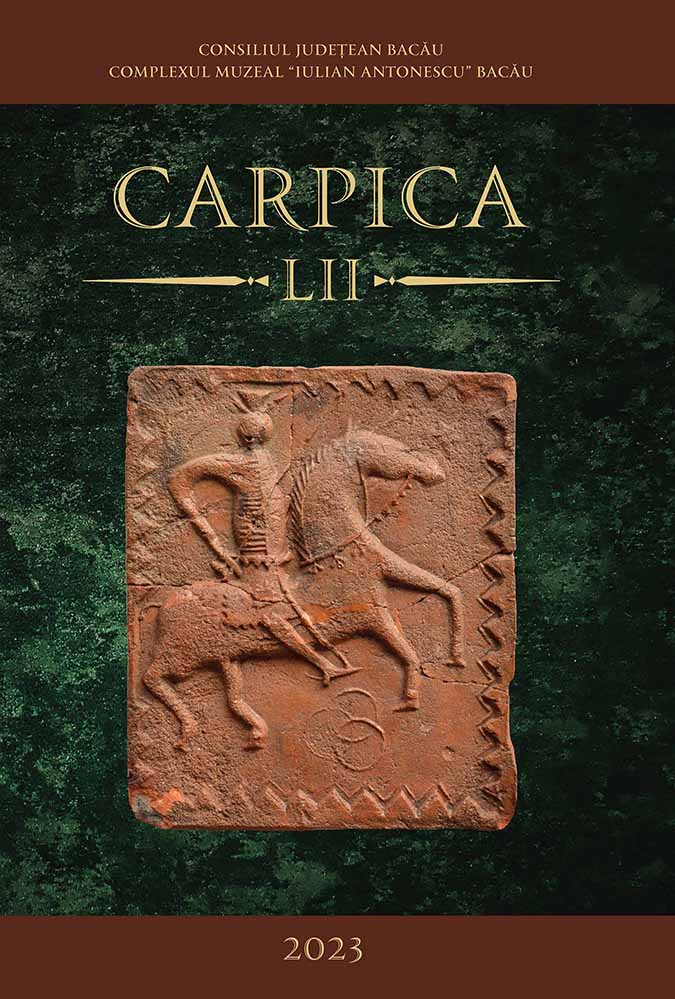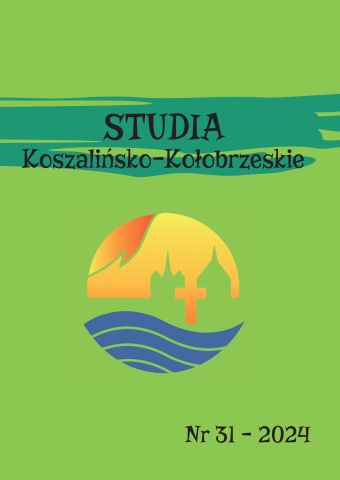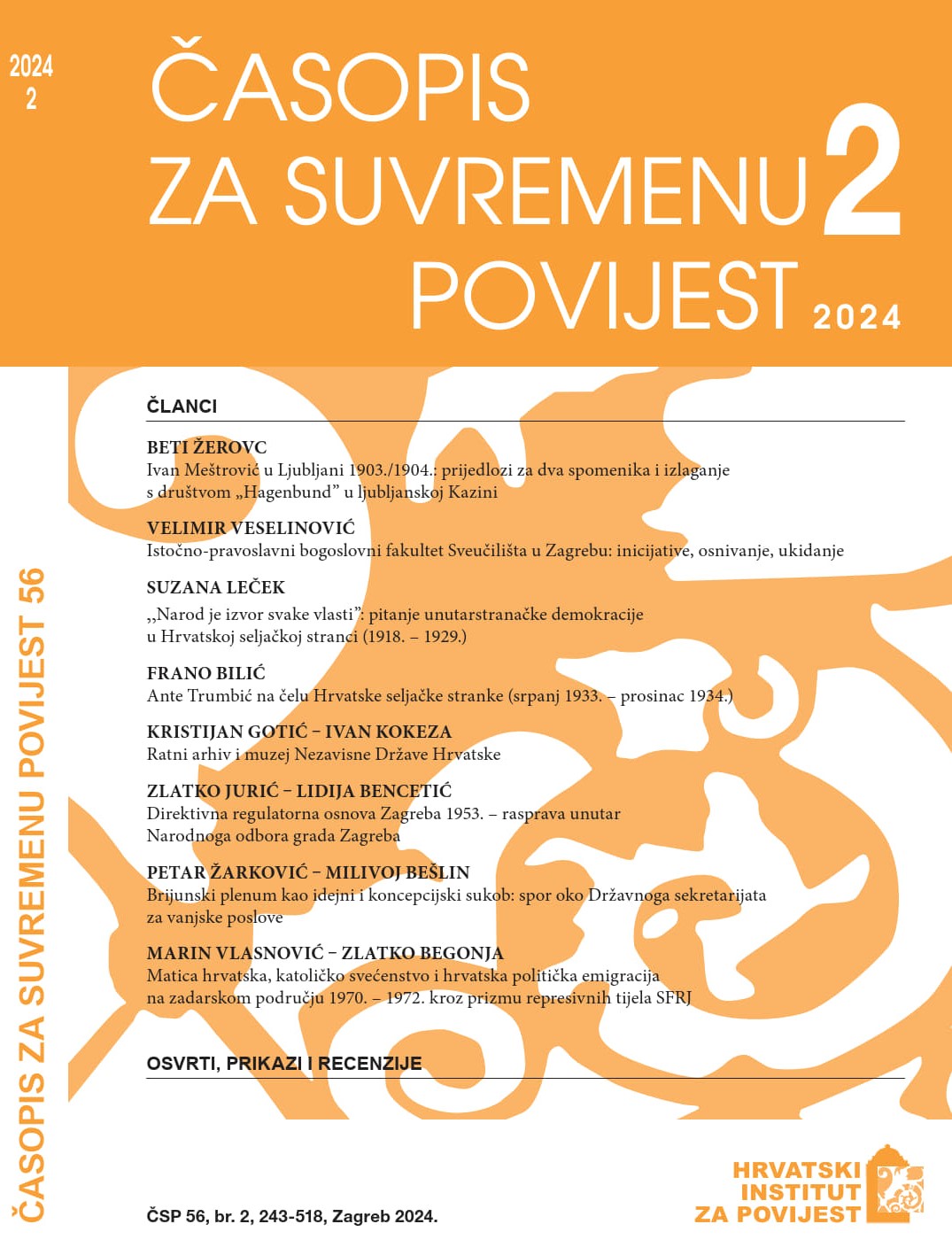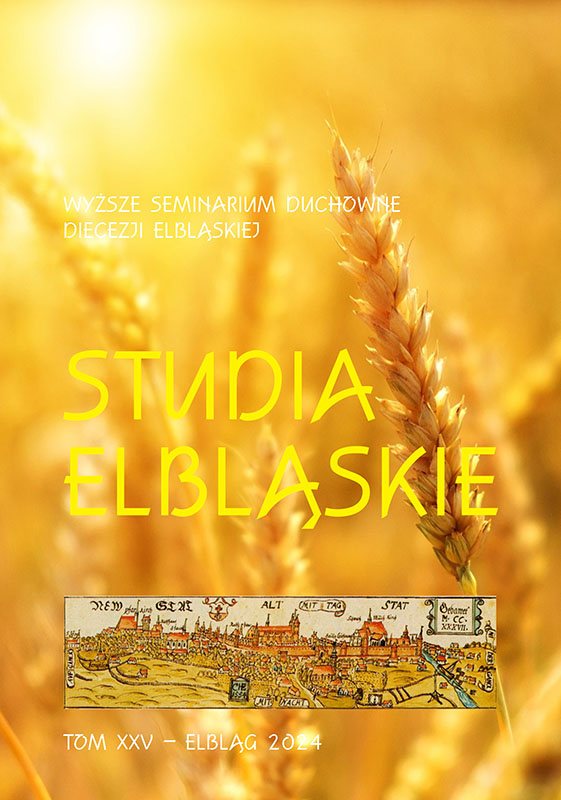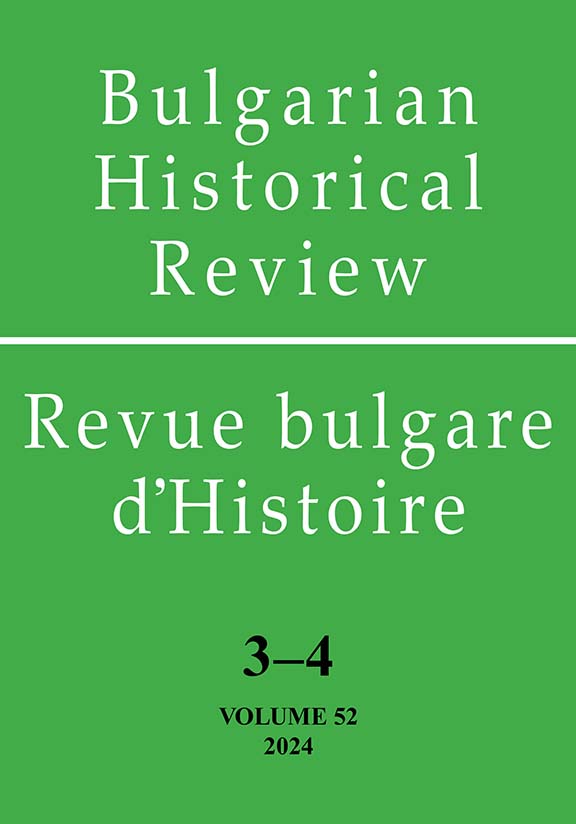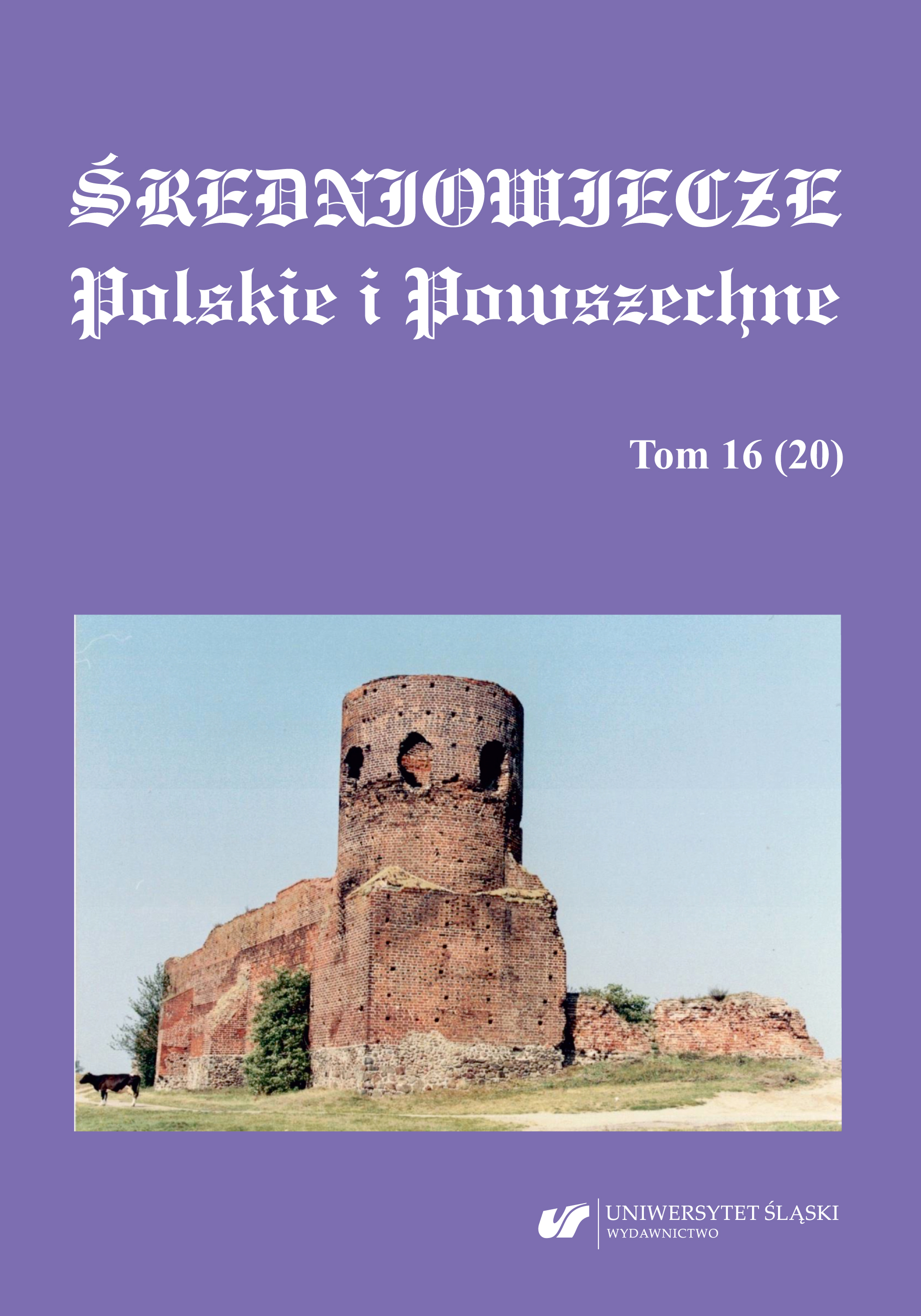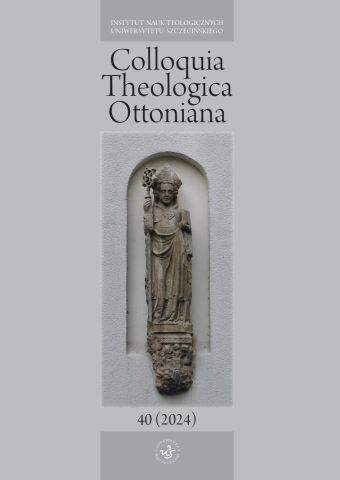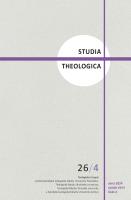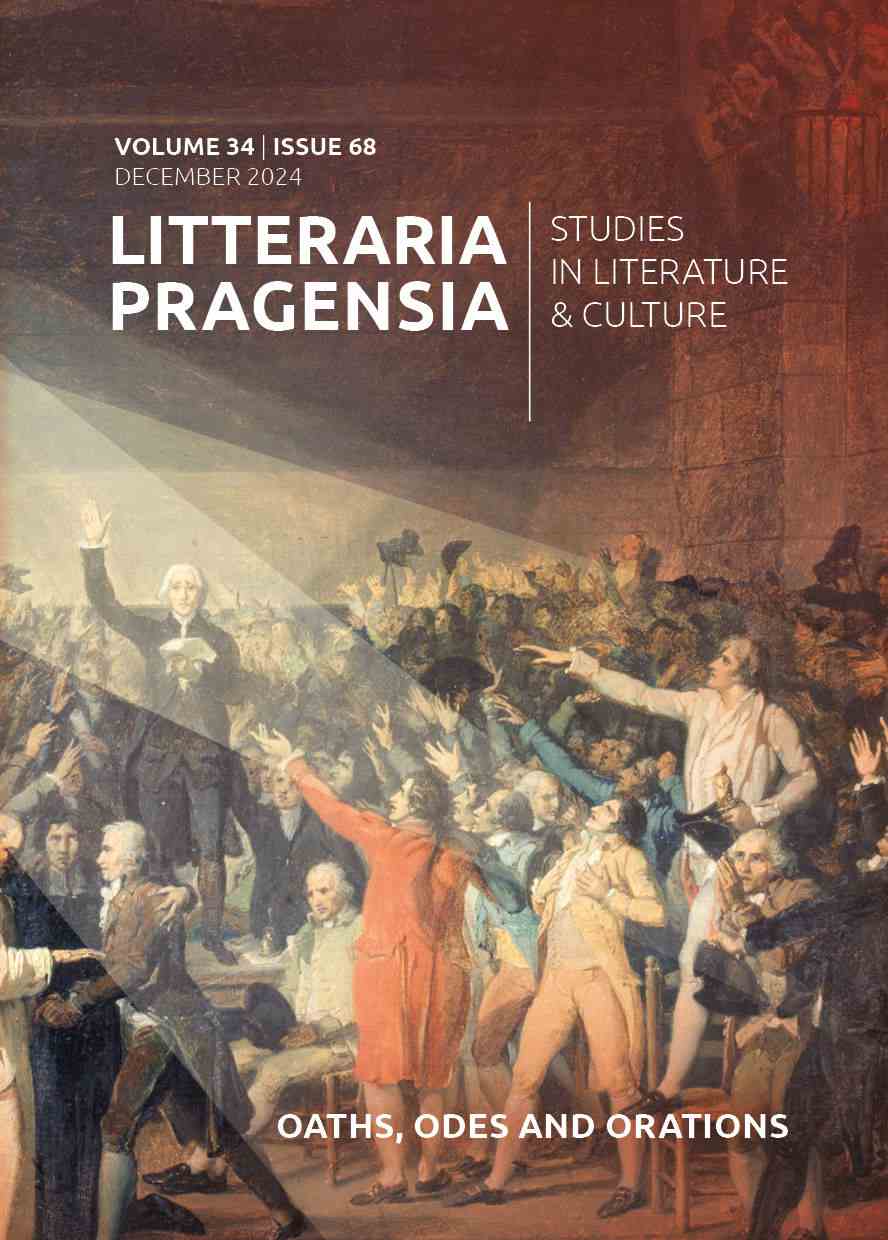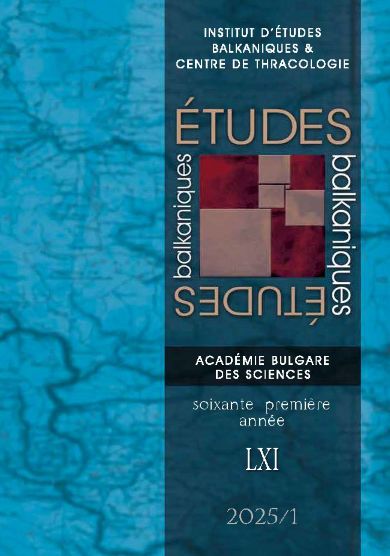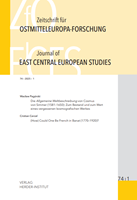Author(s): Jan Mikrut / Language(s): English
Issue: 40/2024
After the end of World War II, Czechoslovakia became a communist state. Until 1948, the country still enjoyed relative peace. After the communist coup in February 1948, all areas of social life were permeated by the ideology of Marxism-Leninism. The Catholic Church and other smaller Christian communities became enemies of the ideological state. In Slovakia, the Catholic Church was more numerous and had a strong tradition; in Bohemia, it had a more complicated history due to the Hussite Wars, the influence of the Lutheran Reformation, and the Thirty Years’ War. After 1918, the Czechoslovak state had been built in opposition to Catholicism according to the slogan, “Down with Rome! Down with Vienna!” From 1948, the communist authorities sought to extinguish all religious activities: educational activities, monastic life, and charitable activities were banned. Research on this period is still quite difficult because religious activists were forced to hide their bravery. This article uses international The First Stage of the Communist Struggle for Power in Central and Eastern Europe, 1945–1956After the end of World War II, Czechoslovakia became a communist state. Until 1948, the country still enjoyed relative peace. After the communist coup in February 1948, all areas of social life were permeated by the ideology of Marxism-Leninism. The Catholic Church and other smaller Christian communities became enemies of the ideological state. In Slovakia, the Catholic Church was more numerous and had a strong tradition; in Bohemia, it had a more complicated history due to the Hussite Wars, the influence of the Lutheran Reformation, and the Thirty Years’ War. After 1918, the Czechoslovak state had been built in opposition to Catholicism according to the slogan, “Down with Rome! Down with Vienna!” From 1948, the communist authorities sought to extinguish all religious activities: educational activities, monastic life, and charitable activities were banned. Research on this period is still quite difficult because religious activists were forced to hide their bravery. This article uses international literature on the subject to present the first stage of the fight against religion and the tragic fate of the Catholic Church hierarchy
More...
